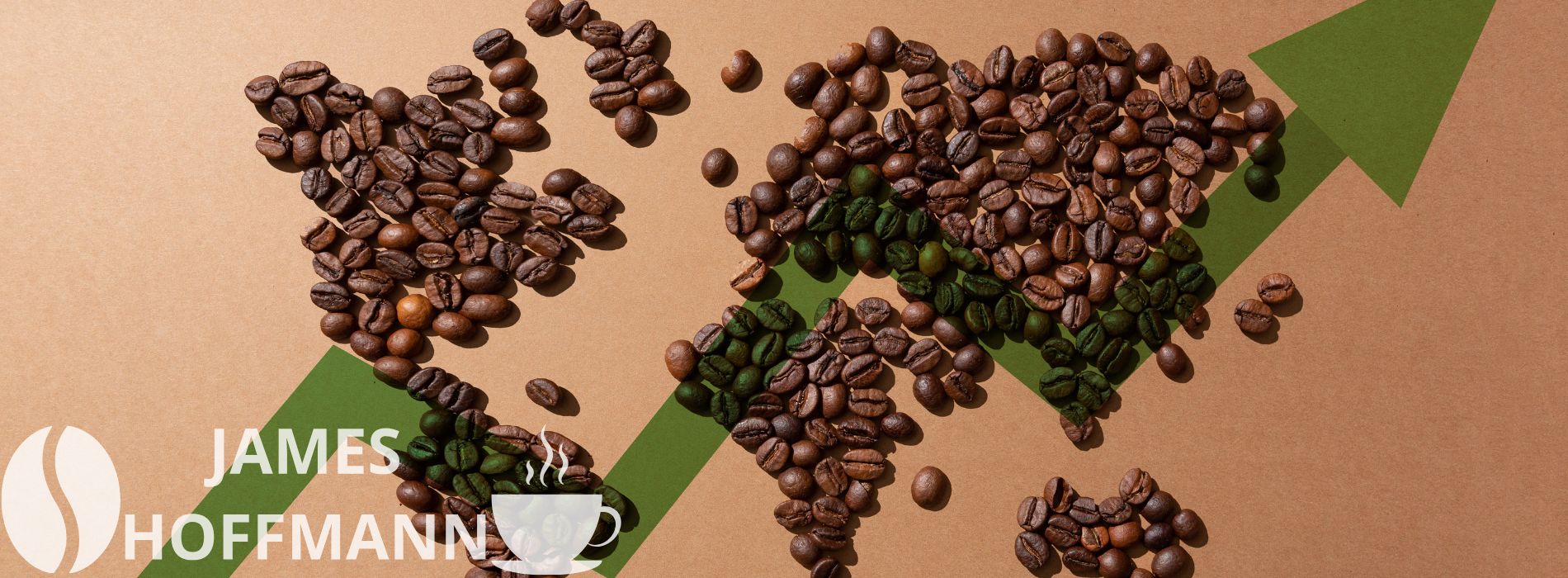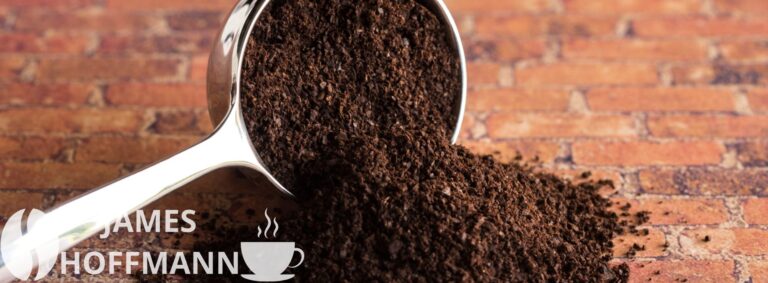I still remember the moment I blinked at the price tag on my favorite bag of beans. It wasn’t just a slight uptick—it had jumped significantly. At first, I thought it was a one-off, maybe a boutique roaster raising prices. But then I noticed it everywhere. My morning routine, my café visits, even my online orders—all suddenly more expensive.
As someone who doesn’t just love drinking coffee but is deeply involved in understanding how it’s made and sourced, this shift really hit me. Why has the price of coffee gone up? I had to dig in. And what I found was a complex mix of climate, economics, and shifting consumer habits that might just redefine our relationship with coffee altogether.
A Quick Look at the Coffee Supply Chain
To really understand the rise in prices, it helps to know how coffee travels from farm to cup. Coffee is one of the most globalized beverages in the world. Beans are typically grown in tropical regions—think Brazil, Colombia, Ethiopia—then exported to consuming countries like the US, UK, and across Europe.
In between, the beans pass through a long chain: farmers → exporters → importers → roasters → distributors → cafés or retailers → you and me. When something disrupts even one link in that chain, it can send shockwaves through the entire system. Unfortunately, many links have been under pressure lately.
Climate Change and Weather Extremes
In recent years, I’ve seen firsthand how increasingly erratic weather patterns are affecting coffee-growing regions. Brazil, the world’s largest producer, faced severe frosts not long ago—something incredibly rare but devastating. Colombia, too, has struggled with heavy rains that affect both harvest quality and quantity.
When harvests drop, global prices inevitably rise. Fewer beans on the market mean more competition for what remains. And climate change, unfortunately, doesn’t seem to be letting up. For farmers, that means unpredictability. For us, it means paying more.
Rising Costs for Farmers
It’s not just the weather. Farming itself is getting more expensive. Fertilizer prices have shot up, as have wages and transportation costs in many producing countries. I’ve spoken to farmers who are genuinely rethinking whether coffee is worth the effort anymore. Some are switching to crops that are easier to grow or more stable economically.
This worries me. Not just because it might lead to supply shortages, but because when experienced farmers leave the trade, we lose not just quantity—but quality. The more difficult it becomes to sustain high-quality coffee farming, the more it impacts what ends up in our cups.
Global Supply Chain Disruptions
We’re also still feeling the aftershocks of the pandemic. I’ve watched as roasters I know struggled to get shipments on time due to port delays and container shortages. Green coffee, even when harvested and processed, can sit for weeks waiting for transport.
These kinds of logistical issues might seem distant, but they add real costs. Shipping delays lead to higher storage fees, aging inventory, and even spoiled beans in some cases. That’s not something the average café can afford to eat.
Inflation and Economic Pressure
Then there’s the broader economic picture. Inflation has hit just about every industry, and coffee isn’t immune. From fuel for delivery trucks to the wages cafés pay baristas, every input has gone up. And those costs eventually show up in the price you and I pay.
Even if a café wants to keep prices low out of loyalty to customers, they can only absorb so much. Eventually, they have to raise prices or risk closing their doors. It’s a difficult balancing act—and one that hits passionate businesses especially hard.
Demand Is Still High
Here’s the twist: even with all these challenges, demand for coffee isn’t going down—it’s going up. More people are drinking coffee at home. And not just any coffee—specialty coffee. That means people are willing to pay for better quality beans, better brewing gear, and a better experience overall.
So now we have this unusual situation: limited supply, disrupted logistics, higher production costs—and strong demand. It’s the perfect storm for rising prices. And we’re feeling every bit of it.
What This Means for Coffee Drinkers Like Me
I’ve had to ask myself: is this just a temporary spike, or is this the new normal? In some ways, it’s both. Some disruptions may ease, but the underlying pressures—like climate change and economic volatility—are sticking around.
It’s made me more conscious of where I buy my coffee and who I support. I’ve started seeking out roasters who work directly with farmers, who invest in sustainable practices, and who are transparent about their costs. It may cost more—but I believe it’s worth it.
Is It Still Worth It?
So, why has the price of coffee gone up? Because everything that makes coffee possible is under strain. But here’s the silver lining: maybe this is our moment to appreciate coffee even more. To understand its value not just as a beverage, but as a global effort involving passionate people at every level.
Yes, I’m paying more for my coffee—but I’m also getting more thoughtful about it. Supporting ethical sourcing. Learning about the producers. And enjoying each cup with a deeper sense of connection.
What about you? Have you noticed the price shift? Has it changed the way you shop, brew, or enjoy your coffee? I’d love to hear your thoughts in the comments.



